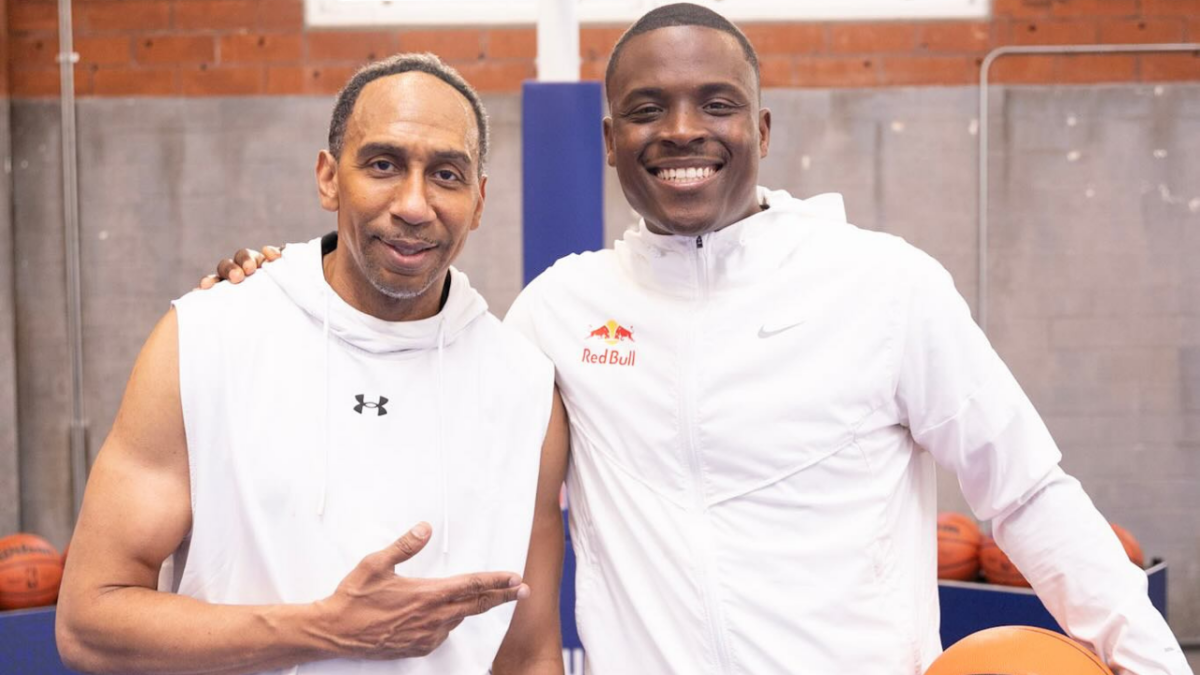South Florida in the Pac-12? It sounds crazy, but there’s a lot of reasons it could work great for both sides.
The Pac-12 is working on rebuilding after 10 of the 12 member institutions bolted to greener pastures in the Big Ten, Big 12, and ACC, leaving just Oregon State and Washington State behind. Those two programs are now joined by four former Mountain West schools, Boise State, San Diego State, Colorado State, and Fresno State, starting in 2026.
The Pac-12 still needs at least two more schools to be FBS eligible, and recent rumors indicate the conference is zeroing in on Memphis and Tulane out of the American as its top targets. The conference may consider adding more than just two teams from the AAC, and one target that should be on the radar is the South Florida Bulls.
Yes, South Florida is pretty darn far from Corvallis, and Pullman, and San Diego, and Boise, and you get the idea, but that sure doesn’t seem to be an insurmountable hurdle in the modern era.
The Atlantic Coast Conference is no longer comprised solely of teams located on or even near the Atlantic Coast, the Big 12 is actually the Big 18, and the Big Ten is also the Big 18 – so why can’t the Pac-12 have members from coast to coast?
The Pros
South Florida is opening a new on-campus football arena in 2027, giving the program its own home after sharing Raymond James Stadium with the Tampa Bay Buccaneers. The new arena will bring added excitement to the football program, and timing it one year after a potential move to a power conference would work out nicely for both South Florida and the Pac-12.
Media market impact is a critical piece of any team’s membership candidacy, and USF being located in Tampa is a huge selling point for the program. Tampa is the 13th largest media market in America, making it a larger TV hotspot than Memphis, San Antonio, or New Orleans – the media markets for three of the Pac-12’s primary targets: Memphis, UTSA, and Tulane.
Additionally, South Florida is a huge school with around 40,000 students on campus in Tampa and an alumni base of nearly 400,000. USF is a sleeping giant, with a huge media market waiting to be tapped into, an engaged student body, and now a state-of-the-art football facility set to open in less than three years. The time to strike is now – this team won’t be sitting at the non power level for much longer.
The Cons
Simply put, USF hasn’t demonstrated consistent success in the two crucial revenue generating sports: football and men’s basketball. The team is 2-1 this year under coach Alex Golesh, with the only loss coming to Alabama.
The Bulls did go 7-6 and won the Boca Raton Bowl in 2023, put prior to that they endured a nightmare three year tenure under coach Jeff Scott – going 4-29 and a pitiful 1-22 in AAC play.
Over 11 seasons in the American, South Florida won eight or more games three times…and two or less games four times. It’s been an inconsistent ride for USF football, and while a new stadium and a move to the Pac-12 likely helps the program afford more talent, there’s still a risk here.
Men’s basketball is a similar story. The program’s decision to hire Amir Abdur-Rahim paid off wonderfully in year one when he led the Bulls to a spectacular 25-8 season, including 16-2 in conference play, although they failed to make the NCAA Tournament despite spending one week ranked No. 24 in the AP Poll.
Prior to Abdur-Rahim’s arrival, however, the Bulls had never posted a winning record in the AAC. You have to go back to 2011-12, when USF was in the Big East, to find a winning record in league play. That year was also the last time South Florida made the NCAA Tournament, as a 12 seed.
The inconsistent performances in football and men’s basketball are not the biggest hurdle for South Florida though – that would be simple geography.
If the Pac-12 does snag Memphis and Tulane, South Florida becomes a more palatable addition. Even still, would the conference want another team to come along with them to provide another east coast footprint? Teams like Florida Atlantic, UAB, Charlotte, and East Carolina could be targets if the conference wants to create a “Pac-12 East” division, but adding South Florida and stranding them on an island seems like a challenge the conference may not want to deal with.
Verdict
South Florida is a sleeping giant. A new football facility in 2027, a massive student and alumni population, and new coaches who have already succeeded in turning around the football and men’s basketball programs have this school on the rise, and if the Pac-12 doesn’t make a move it’s likely someone else (ACC or Big 12) will.
Of course, Tampa is very very far away from every other school currently in the Pac-12, and even with the possible additions of Memphis and Tulane it’s a tough ask to be flying all the way there in all sports.
That could be rectified if the Pac-12 added more programs from the area, although that itself comes with challenges which ultimately makes this a high risk, high reward addition the Pac-12 should consider.



